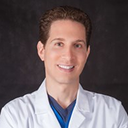Thank you for your question. You submitted a single photo and state you underwent Asian upper eyelid surgery about 4 weeks earlier, and are worried about an additional crease or fold pointing towards your nose, so you want to know if this is normal.







